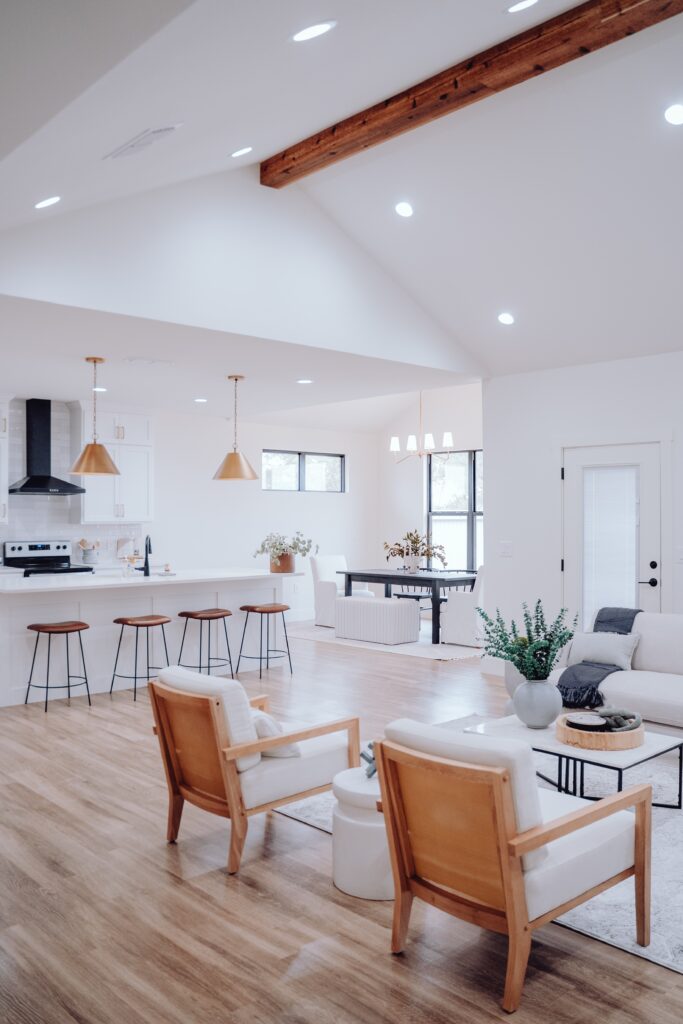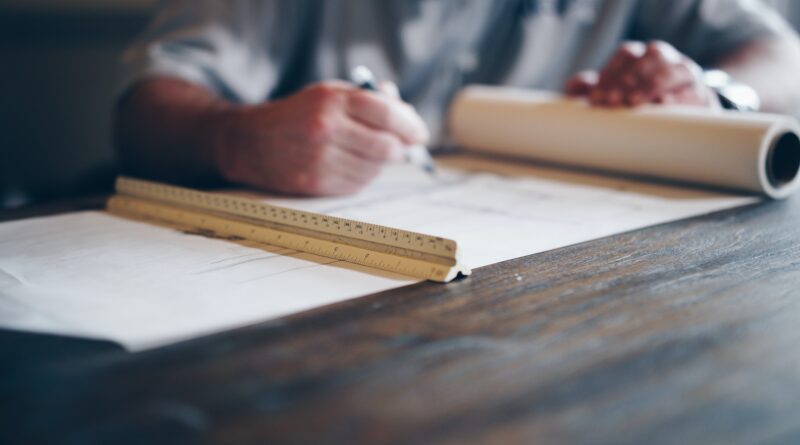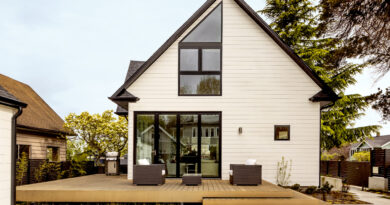Breaking Boundaries
Unveiling the Future of Sustainable Architecture
by Andrea Erickson, freelance writer for the construction industry
(Editor’s Note: Andrea Erickson is a freelance writer that loves sharing her knowledge and expertise in renovation and landscaping. She lives in her hometown of Austin, Texas, where she enjoys spending time with her husband and decorating with her children. Andrea’s work as a freelance writer can be found on Building Product Advisor, a new construction industry resource site.)
In all walks of life, sustainability is at the forefront of public consciousness. This is especially true in the world of building and architecture, as homeowners and commercial building owners alike are looking for ways to curb consumption and reduce their carbon footprint.
While there are a number of creative ways to promote sustainability in architecture, one of the most straightforward is through the selection of durable, energy-efficient materials. With this in mind, keep reading for some of the most innovative materials in the sustainable architecture game today.
Insulated Concrete Forms
Insulated concrete forms (ICFs) are a type of building system that uses interlocking blocks of insulation to create the walls of a structure. The blocks are then filled with concrete at the construction site, which creates a solid and energy-efficient wall. ICFs are a great option for sustainable architecture because they provide a number of benefits, including: increased energy efficiency, as ICFs can help to reduce energy consumption by up to 50%, which can lead to significant savings on utility bills; improved comfort by reducing drafts and providing a more consistent indoor temperature; increased durability, as ICFs are resistant to fire, pests, and moisture; and ICFs can be installed quickly and easily, helping to reduce construction time and costs.
ICFs are being increasingly used in the construction of energy efficient buildings. In fact, the United States Department of Energy has recognized ICFs as a key technology for reducing energy consumption in buildings.
Advanced Airflow Controls
Airflow controls are an important element in sustainable architecture, as they allow for the reduction of energy consumption while increasing indoor comfort and air quality. Two examples of airflow controls are architectural louvers and backdraft dampers.
Architectural louvers are used to control airflow in and out of a building. They are designed to allow airflow while blocking out light and rain. Architectural louvers are often used in combination with other elements such as awnings and overhangs to provide additional protection from the elements.
Backdraft dampers are used to control airflow in mechanical systems, such as heating and cooling systems. They are designed to prevent backdrafting, which is the flow of air in the opposite direction of intended airflow. This can occur when the fan in the system is turned off, creating a negative pressure that can draw air and fumes back into the building. Backdraft dampers are used to prevent this from occurring, ensuring that the air in the building is clean and safe.
Open Interiors
Open interiors are one of the most trending concepts in both residential and commercial interiors, as they are more energy efficient and versatile. Open interiors achieve their energy efficiency through better air circulation and natural light penetration. This can reduce the need for artificial lighting and heating, which can limit nonrenewable energy consumption.

Another benefit of open interiors is that they are less costly to renovate. This is because there are fewer walls to remove or relocate. This can save both time and money. Open interiors can also be more flexible, allowing for different uses over time, since they are not limited by the location of walls. This can add efficiency to spaces that need to change their layout frequently.
However, there may be times when some privacy and enclosed space is needed. When this occurs, modular glass partitions for walls and a glass railing system for walkways can be used. This provides a barrier without blocking light flow, presenting a great option for creating private offices or conference rooms within an open floor plan.
Modern Cladding Systems
Modern cladding systems are a great option for sustainable architecture, as they create effective rain screens and air and moisture barriers that protect the structural integrity of the building envelope over time. This increased insulation and ventilation also helps reduce heating and cooling costs throughout the building’s lifespan.
For example, innovative exterior wood cladding is a better choice than traditional wood siding. Fabricated from composite elements, it requires less maintenance and is more resistant to the elements than natural wood. In addition, as it is made from recycled materials, it is one of the most environmentally friendly cladding options on the market.
Prefabricated Steel Structures
Steel is an excellent material for sustainable architecture, due to its durability, recyclability, and energy efficiency. Steel is one of the most durable building materials, with a lifespan of over 50 years. This reduces the need for frequent replacements, saving resources and energy. Additionally, steel is 100% recyclable, allowing for the material to be reused multiple times without losing its strength or quality.
Prefabricated steel offers additional sustainability benefits, as it is manufactured in a controlled factory setting. This allows for greater efficiency in the construction process, saving time and resources. Prefabricated steel also reduces waste, as parts are manufactured to exact specifications, eliminating the need for on-site cutting and shaping. Additionally, prefabrication allows for better control over the quality of the material, reducing the risk of defects and ensuring that the steel meets the required standards.
A more sustainable future starts today. Although all sectors of society are looking for ways to improve sustainable practices, the focus in the building and architecture industry is particularly acute in the quest for more sustainable structures.



